TPO - "Digital education for the masses" as General Secretary To Lam requested the education sector to do immediately, as an important factor to improve people's knowledge, creating a foundation to start a new era...
TPO - "Digital education for the masses" as General Secretary To Lam requested the education sector to do immediately, as an important factor to improve people's knowledge, creating a foundation to start a new era...
Part of the development strategy
Associate Professor Dr. Tran Thanh Nam, Vice Principal of the University of Education ( Hanoi National University) said that digital literacy is not only an educational program, but also a part of the comprehensive development strategy of each country.
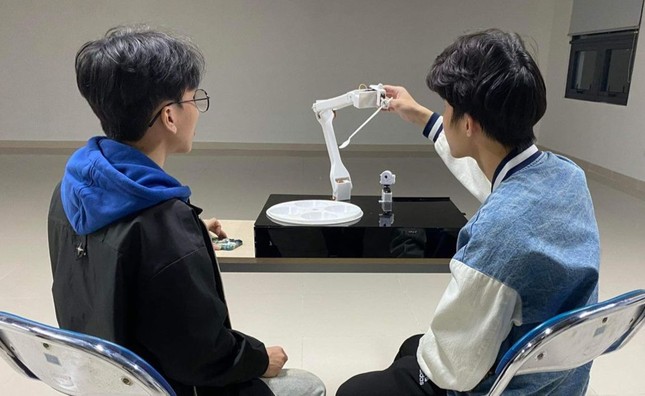 |
| A group of students from Hanoi University of Science and Technology researched and developed the project "Smart arm to support people with difficulty in eating and living". Photo: HUST |
Inheriting the spirit of the "popular education" movement, "those who are literate should teach those who are illiterate"; those who know digital skills - are volunteers, have the skills to use digital platforms, digital technology, have the ability to propagate and guide, will share knowledge about information technology with relatives, friends, and the community who do not know.
Mr. Nam said that in order for the "digital literacy movement" to be effective and sustainable, it is necessary to clearly define the implementation method, develop a plan to organize the movement synchronously and in accordance with actual conditions. The program should be divided into stages, have a roadmap and set specific time frames, including the preparation stage and the implementation stage.
In the preparation phase, before implementing the movement in practice, there needs to be a preparation phase, detailed planning needs to be carried out, including surveying actual needs and building an implementation roadmap for the movement; it is necessary to conduct a survey of digital skills needs for all subjects, identify priority areas for implementation, special learning subjects to have appropriate resource allocation; establish a steering committee to implement the program (including central and local steering committees).
The central steering committee is composed of ministries, ministerial-level agencies, government agencies, and relevant socio-political organizations to develop overall policies and direct their implementation. These are also the agencies that issue specific guidelines on content, teaching methods, and quality assessment criteria. Provincial, district, and commune-level steering committees are established to coordinate activities, mobilize resources, directly monitor the movement, and most importantly, are primarily responsible for organizing classes.
This stage also requires mobilizing relevant resources to carry out the movement, including 5 resources: institutions, infrastructure, content, human resources and combining domestic and foreign resources as analyzed above.
In the implementation phase, it is necessary to establish a training network (locally), organize flexible classes to suit the conditions of workers, people in vulnerable groups, and the elderly. These classes can be in-person, online, and a combination of both. In the initial implementation phase, pilot classes can be organized in certain areas, fully applying methods, content, and quality assessment in these classes to adjust and supplement necessary content to suit the level and actual needs of students. After the pilot implementation, it is possible to expand the scope of training, synchronously deploy classes throughout the area to replicate the movement.
In the context of Vietnam, Mr. Nam said that the goal of this program is not only to improve digital skills but also to create a foundation to promote economic, social and cultural development in the digital age, specifically as follows: universalizing basic digital capacity; narrowing the digital gap; improving the ability to apply advanced technology; promoting a culture of lifelong learning; contributing to the national strategy.
To achieve the highest efficiency, digital literacy needs to focus on different target groups in society (people in remote areas; manual and elderly workers; students; people with disabilities; small and micro enterprises). Each group has its own characteristics, requiring appropriate approaches and support.
The main pillars
To realize the goals of digital literacy, the content needs to be designed scientifically, comprehensively, and suitable to the characteristics of each group. Mr. Nam shared the main pillars to realize the goal of digital literacy, including: basic digital skills, the foundation for all people to participate effectively in the digital space;
 |
Associate Professor, Dr. Tran Thanh Nam. Photo: NVCC |
Use digital government services, such as the National Public Service Portal; cashless payments; digital healthcare and insurance services; look up legal and policy information;
Equip people with the necessary knowledge and skills to protect themselves and their families when using technology;
Digital literacy should aim to build people's awareness and responsibility when participating in the digital environment, while developing important thinking skills, such as: rights and obligations of digital citizens; developing critical thinking.
Digital literacy needs to equip people with knowledge of advanced technologies, such as: artificial intelligence (AI); online management and collaboration;
The program should encourage a spirit of continuous learning, help people proactively update and improve skills through exploiting online learning resources and promoting learning communities;
Content needs to be personalized to suit specific groups in society. Learning content tailored to specific needs can be divided into levels from basic, intermediate to advanced and specialized.
From these pillars, Associate Professor Tran Thanh Nam affirmed that the key factor to successfully implement digital literacy is to mobilize and optimize key resources. Necessary resources are identified and comprehensively coordinated, including: financial resources; human resources; technology infrastructure; policy and legal framework; participation of relevant parties; management and supervision.
In particular, Mr. Nam emphasized the need for the Government to develop policies to encourage learning digital skills and minimize legal barriers to the implementation of online public services and digital education.
Design specific programs for areas lacking access to technology, including financial support, tuition waivers, and learning equipment subsidies. Develop a national strategy for universal digital literacy, integrating digital literacy goals into the national digital transformation plan.
“In order for the digital literacy movement to be effective and sustainable, it is necessary to clearly define the implementation method, develop a plan to organize the movement synchronously and in accordance with actual conditions. The program should be divided into stages, have a roadmap, and set specific time frames, including the preparation stage and the implementation stage,” said Associate Professor Dr. Tran Thanh Nam.
On November 18, 2024, General Secretary To Lam met with representatives of teachers and education managers on the occasion of Vietnamese Teachers' Day, November 20. Here, the General Secretary presented a number of tasks that need to be done immediately for the education sector. In particular, the General Secretary requested to launch a movement to "popularize digital education", because in reality, a large proportion of people, including officials in state agencies, do not have a firm grasp of digital transformation, while the Politburo has discussed and decided to issue a Resolution on national digital transformation.
Source: https://tienphong.vn/hien-ke-de-binh-dan-hoc-vu-so-tro-thanh-nen-tang-cho-ki-nguyen-moi-post1713077.tpo






![[Photo] National Assembly Chairman Tran Thanh Man attends the VinFuture 2025 Award Ceremony](/_next/image?url=https%3A%2F%2Fvphoto.vietnam.vn%2Fthumb%2F1200x675%2Fvietnam%2Fresource%2FIMAGE%2F2025%2F12%2F05%2F1764951162416_2628509768338816493-6995-jpg.webp&w=3840&q=75)
![[Photo] 60th Anniversary of the Founding of the Vietnam Association of Photographic Artists](/_next/image?url=https%3A%2F%2Fvphoto.vietnam.vn%2Fthumb%2F1200x675%2Fvietnam%2Fresource%2FIMAGE%2F2025%2F12%2F05%2F1764935864512_a1-bnd-0841-9740-jpg.webp&w=3840&q=75)
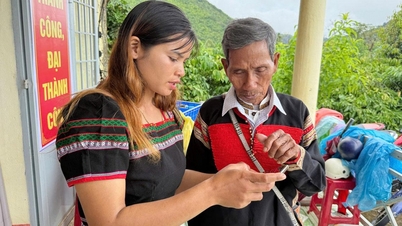

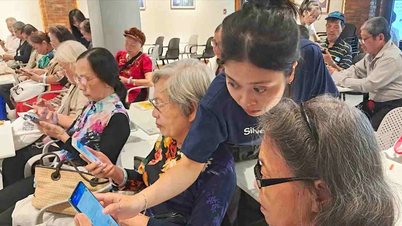



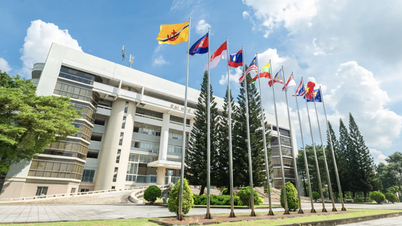



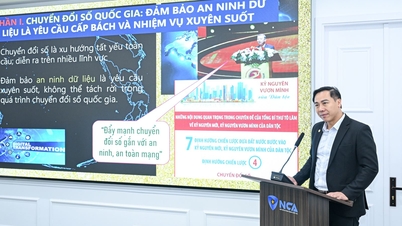

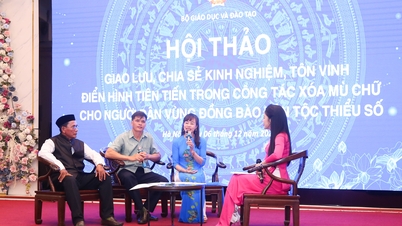

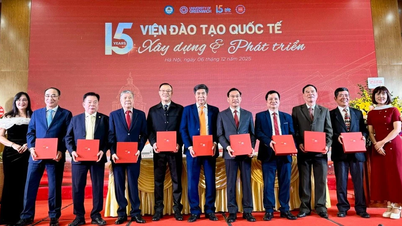





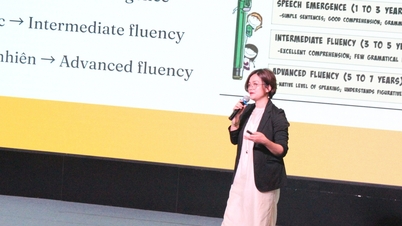








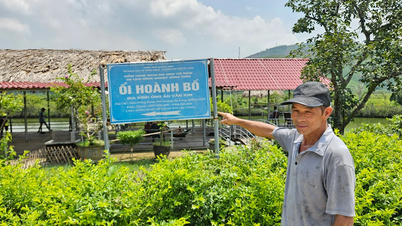

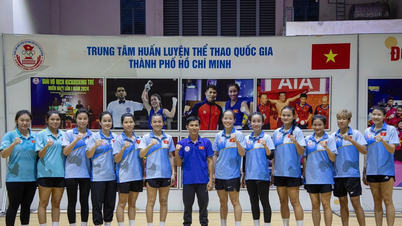
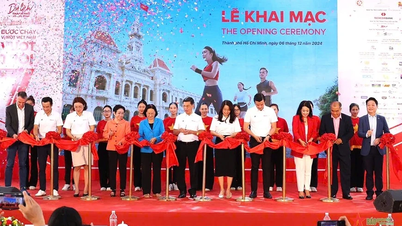



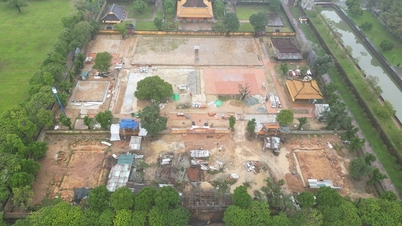

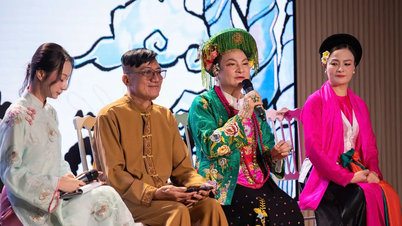





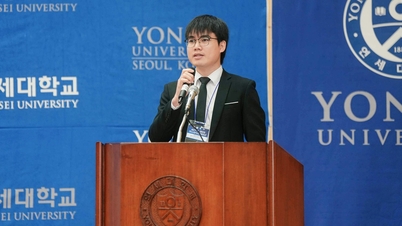







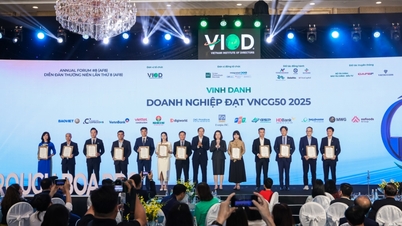

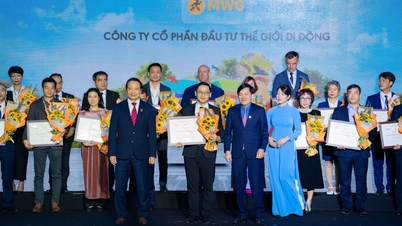
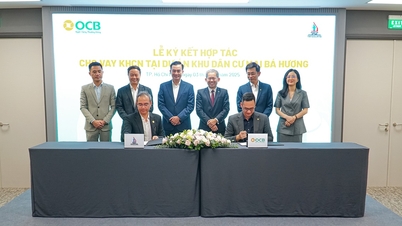
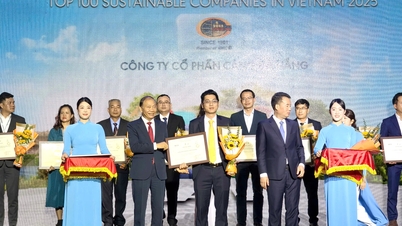








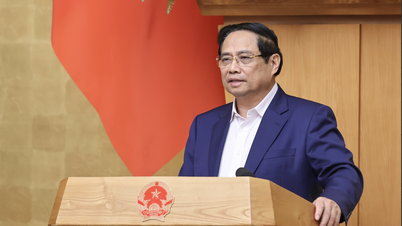
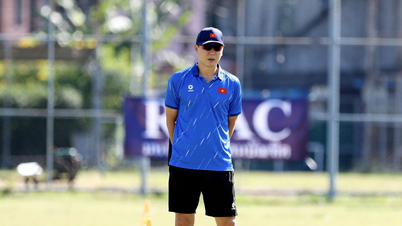

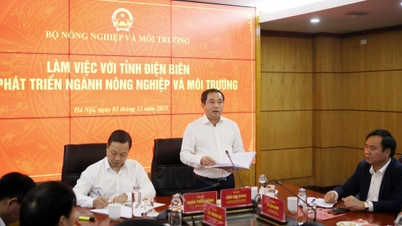



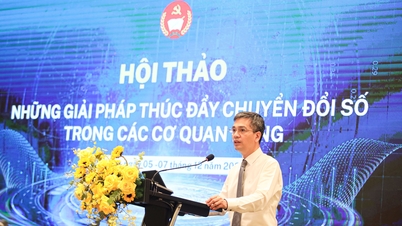

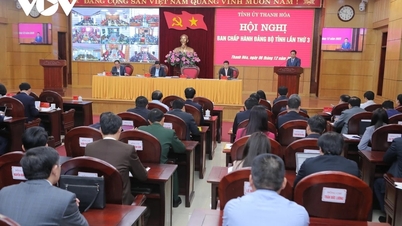






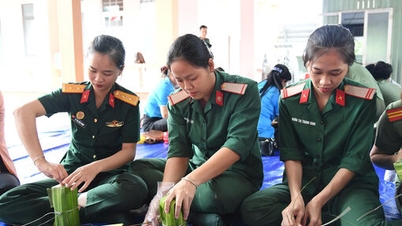

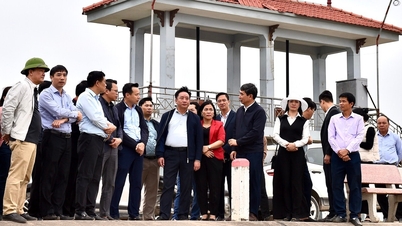


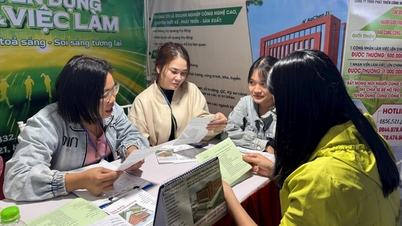
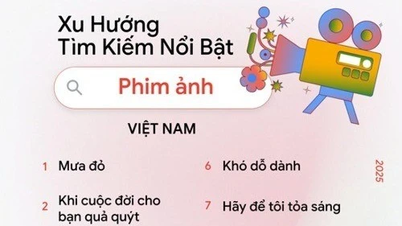












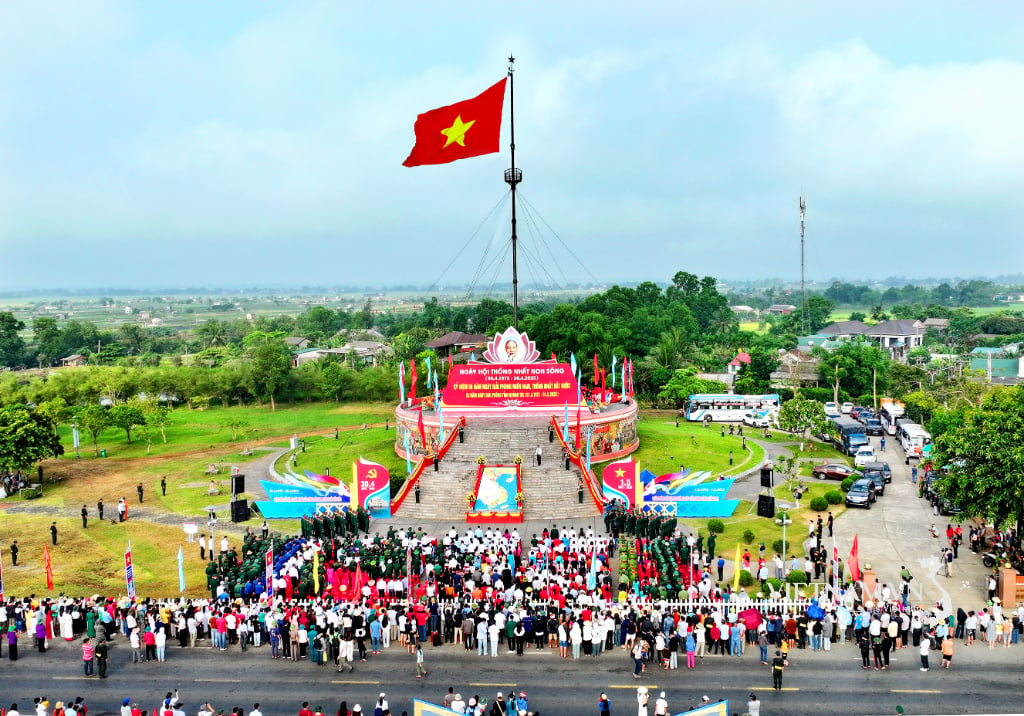





Comment (0)